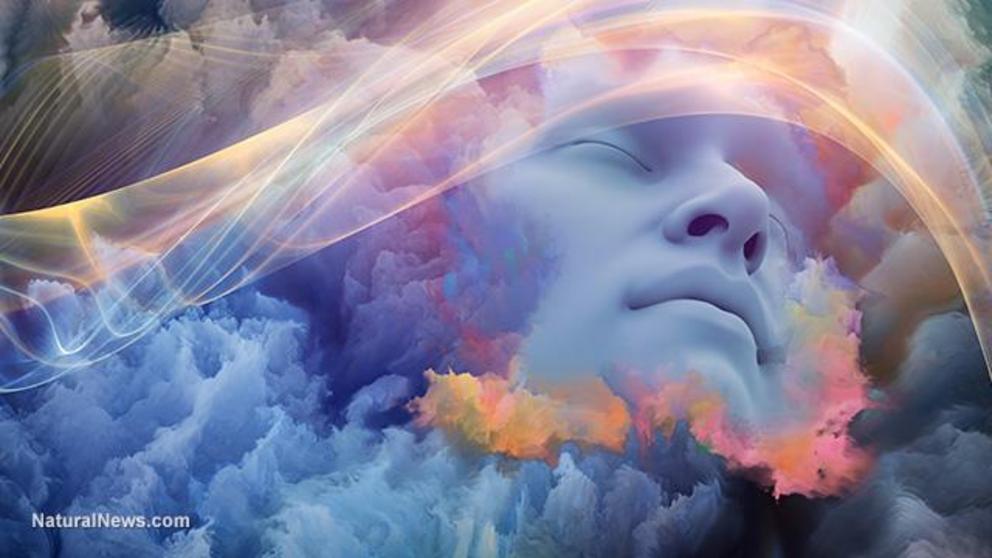Research studies near-death experiences: almost 300 participants report psychological, spiritual experiences
One in 10 people have reported a near-death experience, or NDE, new research says.
The study, conducted by researchers from the University of Copenhagen (UCPH) and other European institutions, pooled responses from over 1,000 study participants across 35 countries and found 289 people who reported some kind of psychological or spiritual experience. Of the 289, 106 claimed to have “stared death in the face.” The respondents reported a variety of experiences, ranging from the mundane to the horrifying.
One respondent, a 32-year-old woman, said she had an NDE when she was just eight years old — a result of a drowning incident. According to the respondent, the incident was peaceful and she can still clearly remember the incident twenty years later.
Another respondent, however, had a more frightening experience.
The 28-year-old woman, who survived physical violence, said she would sometimes wake at night and see “strange things” like spirits or demons. The respondent said she would first see the entities at her door before they approached her to “sit” on her chest.
Another respondent, a 28-year-old male who survived a near-drowning, described his experience as akin to his soul “being sucked.” He allegedly met his deceased relatives before “crashing back” into his body.
“… I felt like I was in an enormous tunnel of darkness, and at its end, there was the brightest white light I have ever seen. I remember that my dead relatives were at the gate, including my maternal grandmother. I don’t remember what we talked about. But then I felt that I was sucked out of the tunnel and I fell, crashing into my body again,” the respondent said.
The researchers, led by Daniel Kondziella, a neurologist at UCPH, used an online crowdsourcing platform in order to find respondents who were then asked if they’d ever had an NDE. Respondents who answered “yes” were then asked to provide more details using a questionnaire assessment tool called the Greyson Near-Death Experience Scale, which asks about 16 specific symptoms.
As previously mentioned, 289 people reported an NDE, of which 106 reached a threshold of “7” on the Greyson NDE Scale. This confirms a true NDE. In addition, 55 percent of the respondents perceived the NDE as “truly life-threatening,” while 45 percent perceived the phenomenon as “not truly life-threatening.”
Kondziella presented the findings at the 5th European Academy of Neurology (EAN) Congress.
Based on insight gained from previous studies on the phenomenon, the researchers said they found an association between NDEs and rapid eye movement (REM) sleep intrusion into wakefulness.
REM sleep is defined as a phase of the sleep cycle characterized by intense brain activity, vivid dreaming and — as the name suggests — rapid eye movement. According to the researchers, when REM sleep intrudes into wakefulness, it results in visual and auditory hallucinations, as well as other symptoms like sleep paralysis. During sleep paralysis, people are conscious but remain unable to move.
The researchers reported that REM sleep intrusion into wakefulness was more common in people with scores of “7” or above on the Greyson NDE Scale than in people who scored “6” or below.
“Our central finding is that we confirmed the association of near-death experiences with REM sleep intrusion,” Kondziella said, adding that while the association does not immediately mean causality, identifying the physiological mechanisms behind REM sleep intrusion into wakefulness might advance people’s understanding of near-death experiences.”
For full references please use source link below.

